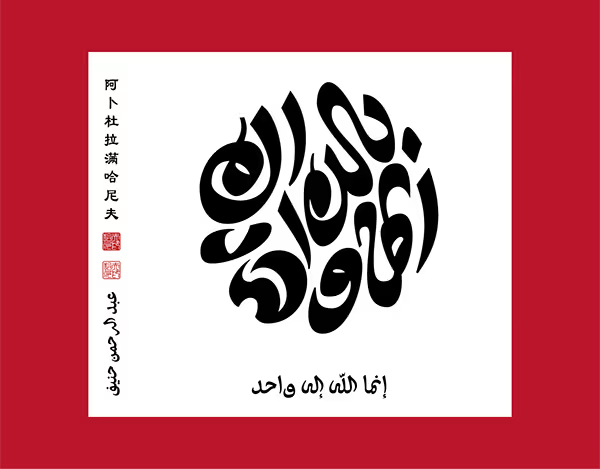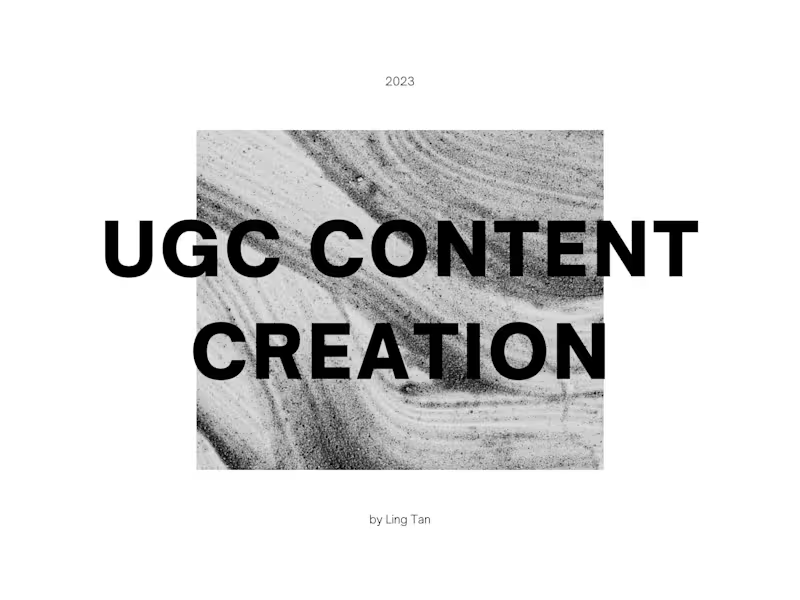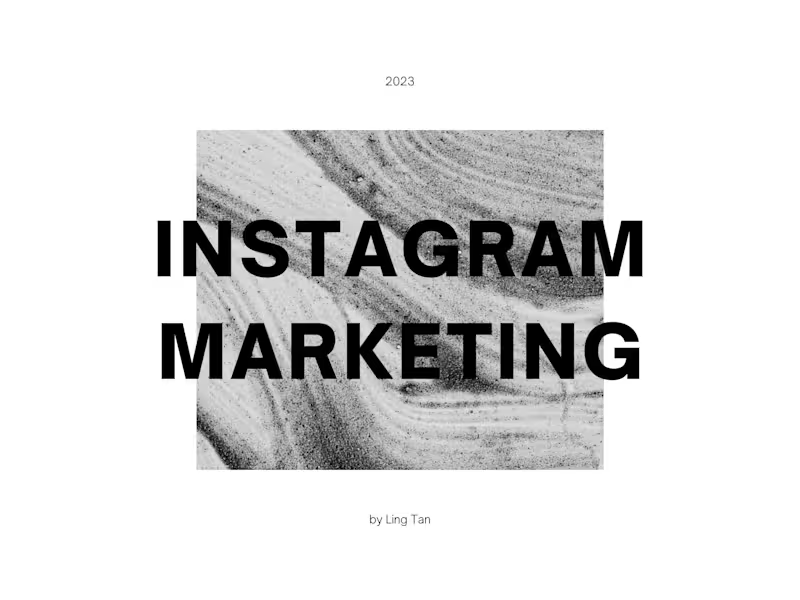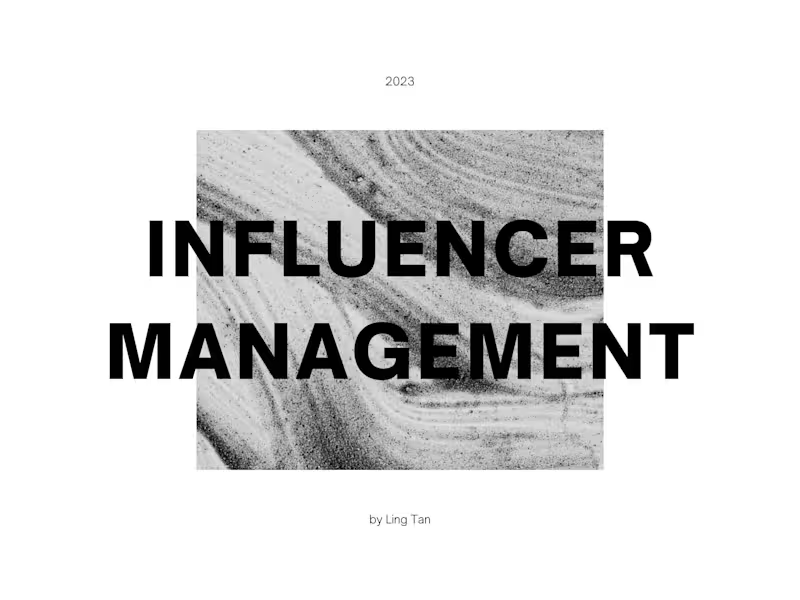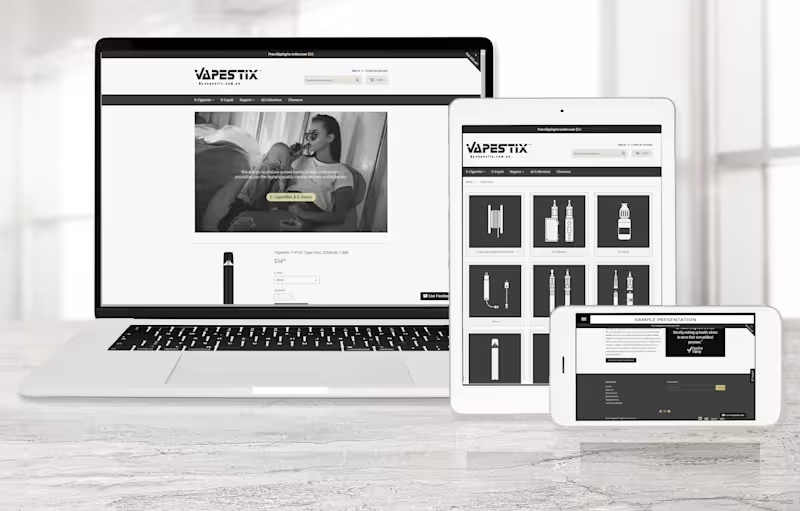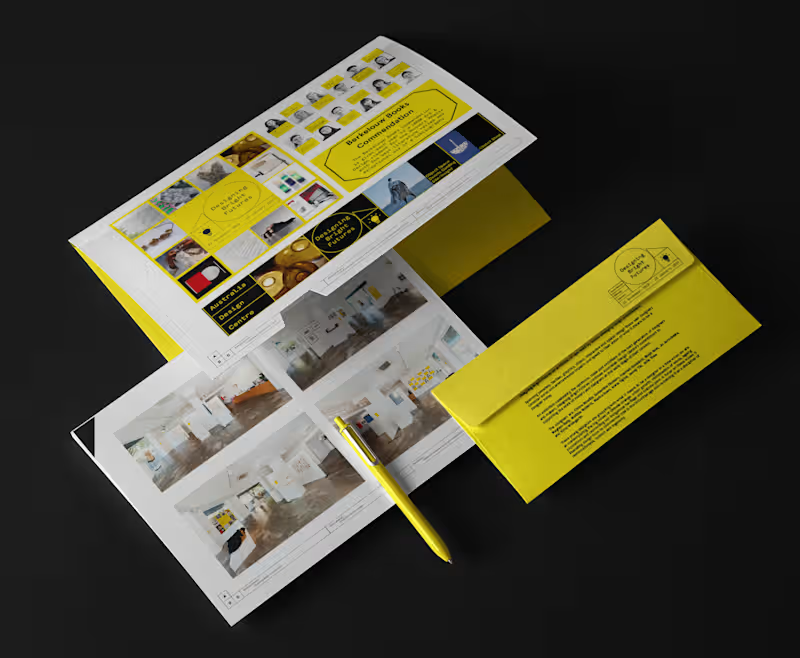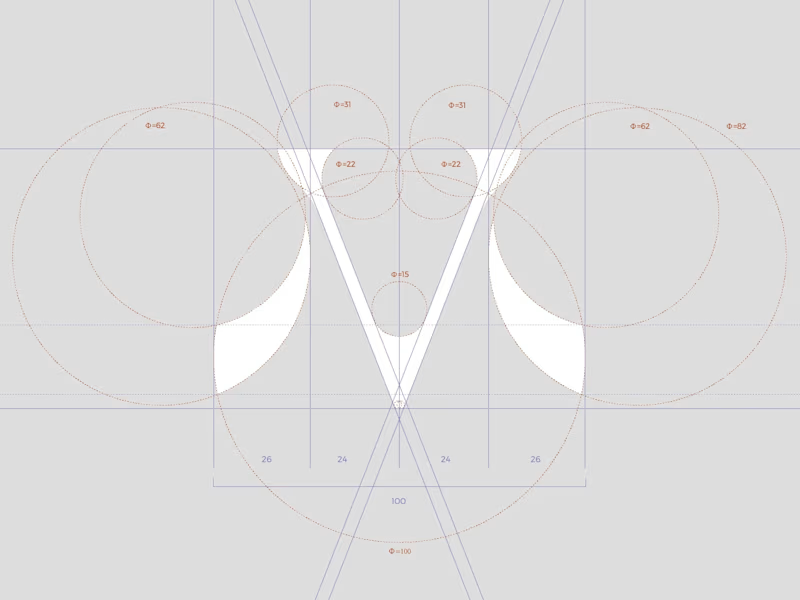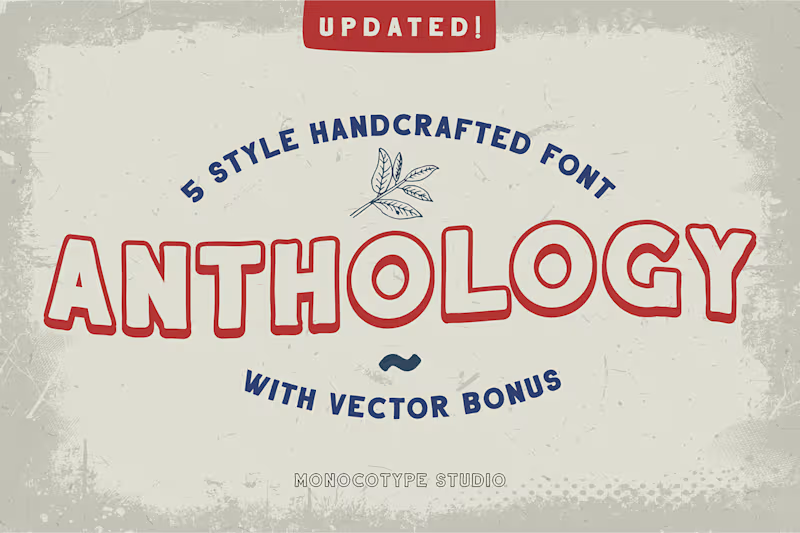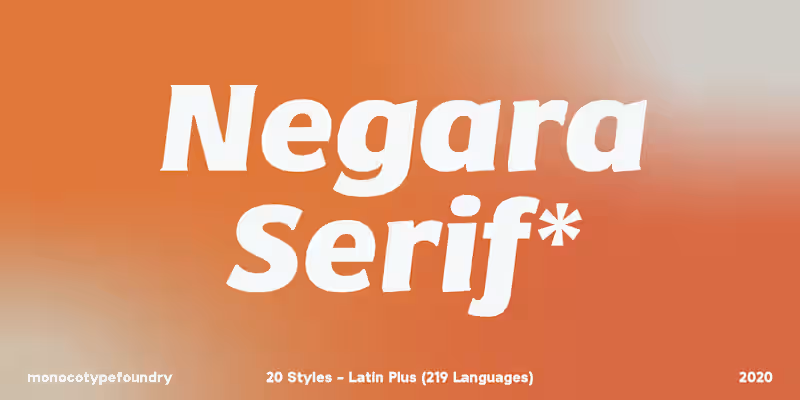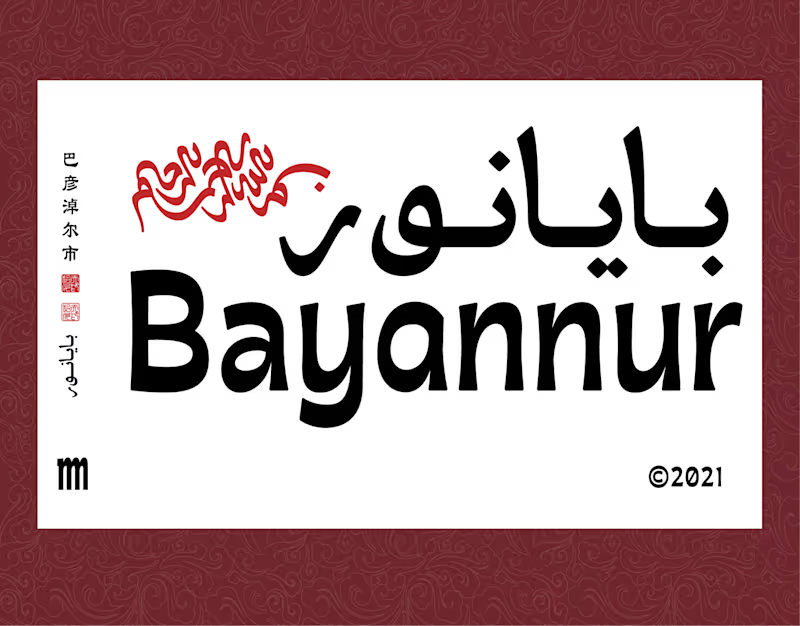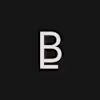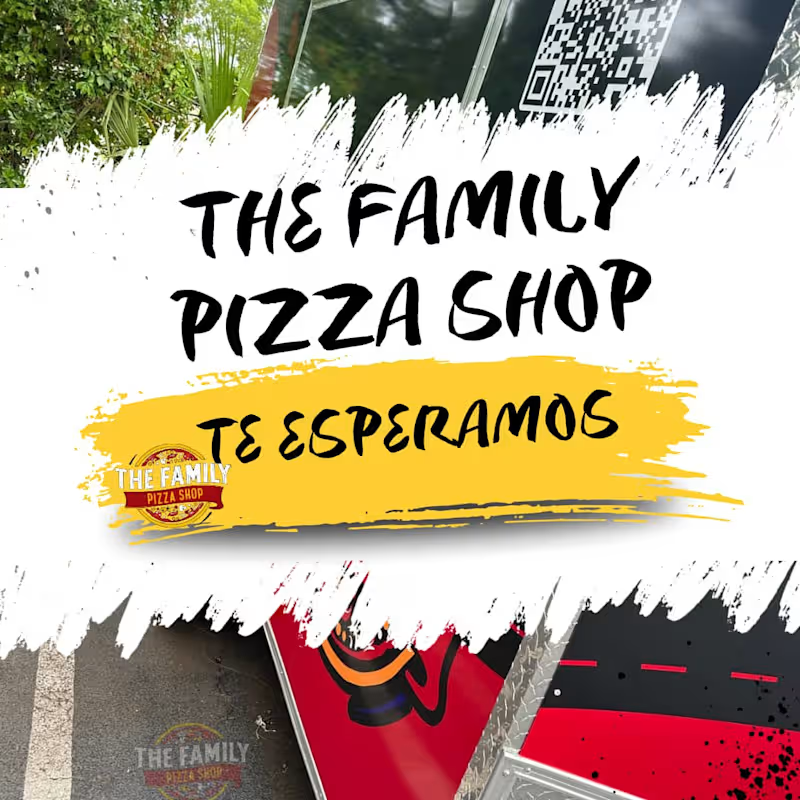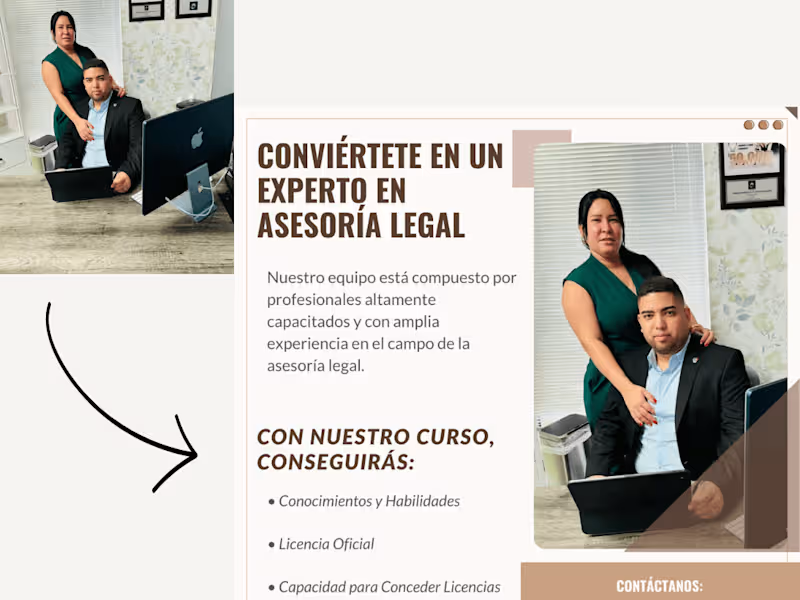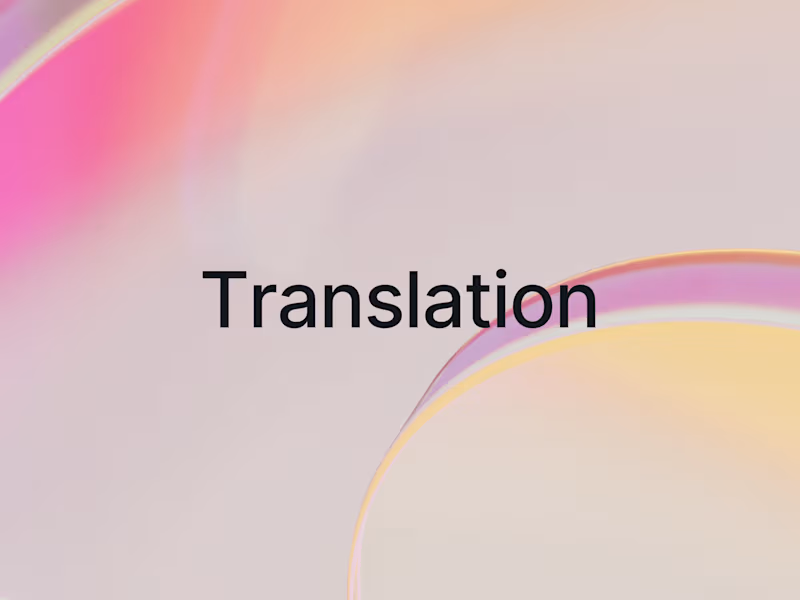How do I define translation project requirements clearly?
Start by writing down what you want the translated document to look like. Include the language pair, document type, and any special terms or jargon. Make sure to tell the translator about the project's goal.
Which file formats should I use for translation projects?
Check which file formats are easy to use for translation. Common formats are Word, PDF, or Excel. Confirm with the translator if they need a special format.
How do I set a realistic deadline for translation work?
Think about how long the document is and how complex the translation needs to be. Make sure to give the translator enough time to do a good job. It's okay to ask the translator how much time they need.
What should I include in a contract with a freelance translator?
List out key terms like deadlines, deliverables, and quality expectations. Make sure to agree on revisions and final check processes. This keeps everything fair and clear.
How do I assess the quality of a freelancer's previous translation work?
Ask to see samples of their past work. Look for reviews from past clients. Make sure their style matches what you need.
What should I do if a project requires specialized industry knowledge?
Find a translator who has experience in your industry. Ask for translation samples in the same field. This ensures the translator knows special terms and context.
How do I ensure good communication with a freelance translator?
Choose a platform or method for regular check-ins. Make sure both of you know how and when to talk. This helps to solve problems quickly if they come up.
What are the common tools and software used in translation projects?
Familiarize yourself with translation software like CAT tools. These tools help translators be accurate and fast. Ask the translator which tools they prefer to use.
How can I guarantee the confidentiality of my documents?
Before starting, discuss confidentiality agreements with the translator. Make sure they agree not to share any information. You can ask them to sign a non-disclosure agreement if needed.
Who is Contra for?
Contra is designed for both freelancers (referred to as "independents") and clients. Freelancers can showcase their work, connect with clients, and manage projects commission-free. Clients can discover and hire top freelance talent for their projects.
What is the vision of Contra?
Contra aims to revolutionize the world of work by providing an all-in-one platform that empowers freelancers and clients to connect and collaborate seamlessly, eliminating traditional barriers and commission fees.
